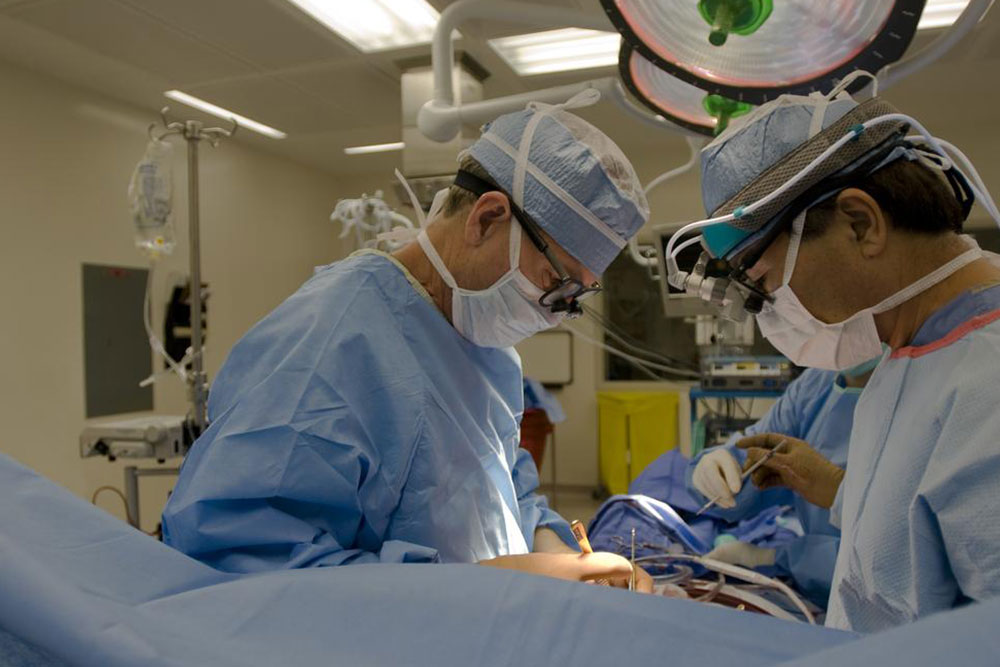Effective Strategies for Hernia Management and Treatment
This article explores effective hernia treatment options, including open and laparoscopic surgeries. It discusses the use of mesh, benefits of minimally invasive procedures, potential risks, and tips for pre-surgery precautions. Understanding these options helps patients make informed decisions for hernia management and recovery.

Effective Strategies for Hernia Management and Treatment
To permanently eliminate a hernia, surgical intervention is typically required. This article reviews the various treatment options available, highlighting their benefits and considerations.
Types of Hernia Surgical Procedures
In the United States, surgeons generally choose between two primary surgical methods: open repair and minimally invasive laparoscopic surgery.
Open Hernia Repair
This traditional procedure involves making a direct incision over the hernia site to remove or repair the protrusion. It remains the most commonly performed hernia surgery.
Laparoscopic Hernia Repair
This approach is minimally invasive, involving small incisions through which a tiny camera and surgical tools are inserted. The abdomen is inflated with carbon dioxide, creating space to operate while viewing internal structures on a monitor. After completing the repair, the gas is released, and the abdomen returns to normal.
In hernia repair, mesh is often used to reinforce weakened tissues, preventing future bulging. This mesh acts as a barrier, reducing recurrence risk, and facilitates tissue growth, which simplifies the procedure and reduces discomfort.
Keyhole Surgery Explained
Laparoscopic procedures are often termed keyhole surgeries, characterized by small incisions similar to keyholes where surgical instruments are inserted. This can often be completed within a single day, with patients discharged on the same day, resuming normal activities within 2-3 weeks. Full recovery typically takes 3 to 4 weeks, though heavy lifting should be avoided for at least two months.
Pros and Cons of Minimal Invasive Hernia Surgery
Keyhole surgery boasts a high success rate, especially when performed by skilled surgeons, leading to positive outcomes and healthy recovery. However, finding experienced surgeons is critical, as inexperienced practitioners could risk complications. The small incisions enable faster recovery and less post-operative pain, primarily associated with tissue healing rather than the incision itself.
Limitations of Laparoscopy
Despite advantages, laparoscopy has drawbacks. The use of permanent mesh may increase infection risk or lead to mesh rejection. Additionally, two-dimensional imaging can hinder precise visualization, raising the chance of accidental injury to blood vessels or organs. Utilization of 3D imaging technology can mitigate such risks.
Why Choose Keyhole Surgery Over Open Approach
Minor restrictions in access for open surgery make laparoscopy preferable for bilateral hernias or when outpatient treatment is desired. Surgeons also tend to favor the minimally invasive approach more frequently today.
Preventive Tips Before Hernia Surgery
When considering hernia treatment, keep these factors in mind:
Discuss the urgency of surgery with your doctor; if your hernia isn't causing discomfort, surgery may not be necessary.
Control underlying health conditions like diabetes before proceeding.
Address lung or prostate issues prior to surgery.
Be aware that hernias can recur, so following your doctor’s advice on precautions is essential.
Note:
The information shared on this platform covers multiple health topics. While carefully researched, it is not intended as definitive medical advice. Always consult a licensed professional for diagnosis and treatment plans. The site does not guarantee the accuracy or completeness of the data and may omit specific schemes or options that could benefit you.









